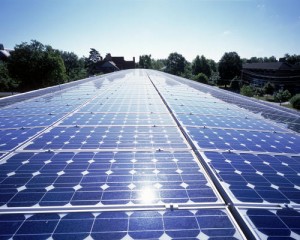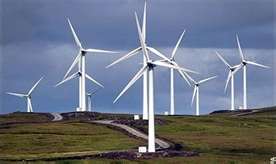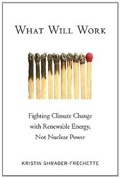 A pleasant surprise this morning to see across the front page of the Waikato Times the headline “Waikato’s plan to harvest sunlight”. The article reports that lines company WEL Networks has been evaluating photovoltaic cells and is now investigating the feasibility of solar power production in the Waikato region.
A pleasant surprise this morning to see across the front page of the Waikato Times the headline “Waikato’s plan to harvest sunlight”. The article reports that lines company WEL Networks has been evaluating photovoltaic cells and is now investigating the feasibility of solar power production in the Waikato region.
Commercial viability is the determining factor. It’s the dramatic fall in the cost of photovoltaic cells which has caused WEL Network’s investigation. CEO Julian Elder said that the low price of the cells, compared with where they were a few months ago, made solar power stations affordable in New Zealand. He said that in the space of a few months the return on investment had gone from about half a century to under 10 years.
We are looking at the whole range, from 1-2 kilowatt units on a house, up to the thousands of kilowatts for a large-scale pilot,” Dr Elder said.
He said it was not a case of if they built such power stations but a matter of when.
Continue reading “Unstoppable waves of innovation in the Waikato?”

 Some encouraging renewable energy news in a recent
Some encouraging renewable energy news in a recent 
 Grid tie solar power is becoming a no-brainer! Photovoltaic (PV) solar power generation has made enormous advances over just the last two years. The cost of panels and assorted gear has fallen dramatically so that in NZ grid tie solar systems in the 2KW peak power range can be purchased for under NZ$10,000 (including GST) from many outfits.
Grid tie solar power is becoming a no-brainer! Photovoltaic (PV) solar power generation has made enormous advances over just the last two years. The cost of panels and assorted gear has fallen dramatically so that in NZ grid tie solar systems in the 2KW peak power range can be purchased for under NZ$10,000 (including GST) from many outfits.